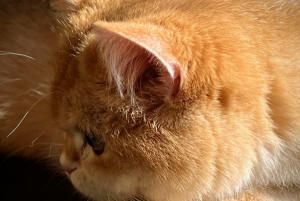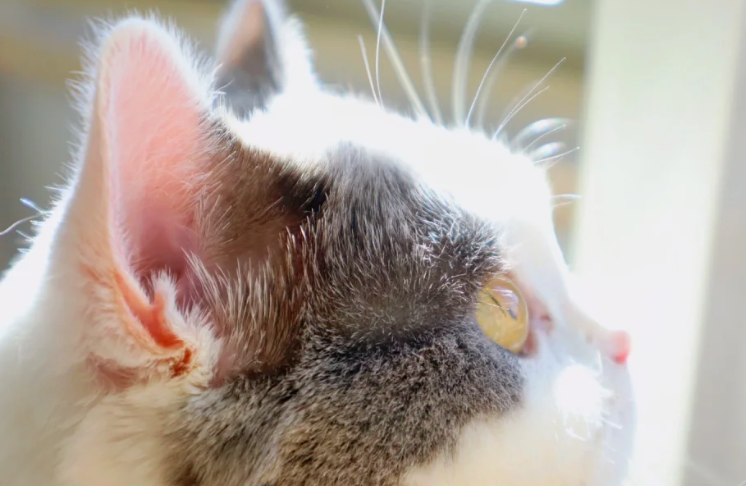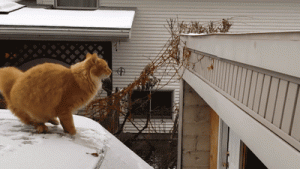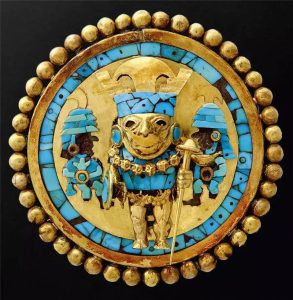Have you ever noticed a small “pocket-like” structure on the outer side of your cat’s ears? Many people assume that it’s some kind of injury. In fact, this little pocket is not a random feature—it has a specific scientific name, called the “cutaneous marginal pouch,” commonly referred to as Henry’s pouch.There’s even a legend surrounding this little pocket. According to the story, after the great monk Xuanzang returned from his pilgrimage to the West to fetch sacred scriptures, he was concerned about rats damaging the precious texts. To protect these scriptures, he brought in cats as guardians. As a result, this small pocket has also been called the “scripture pouch” by some people.Now that we’ve heard the intriguing story behind this mysterious pocket, let’s take a closer look at what it actually is and what purpose it serves!
-
What is this little pocket for?
① Enhancing hearing and precise location:This little pocket helps cats collect and separate sounds of different frequencies more effectively. When sound enters the ear, the pouch creates tiny echoes and reflections that assist the brain in analyzing the sound more accurately. This is especially useful in noisy environments, as it helps filter out background noise and amplify high-frequency sounds emitted by prey.②Enhancing ear flexibility – providing “folding space”:The presence of Henry’s pouch is like the pleats in clothing, providing extra skin redundancy for the large movements and folds of the ear. This allows cats to move their ears freely without straining the skin, making their movements smoother and more fluid. As a result, they can respond to sounds more quickly and efficiently.

-
Why does it look like this?
This unique structure on a cat’s ear is not exclusive to them. We can also clearly see similar “little pockets” on their relatives, such as leopards and lynxes. This suggests that the feature has been preserved through long evolutionary processes, providing a distinct advantage. In the harsh natural world, survival ability directly determines whether genes are passed down. Cats and other felines with more sensitive hearing and the ability to accurately locate prey had better access to food and survival opportunities. Therefore, any minor structure that improved survival was retained and passed on to future generations, including our beloved house cats.Fun fact: Not only cats, but some dog breeds (such as hunting dogs) also have similar structures on their ears, serving a similar purpose to enhance their hearing.
-
What should you pay attention to?
Avoid over-cleaning:There’s no need to specifically clean this pocket. Excessive cleaning could damage the skin barrier and lead to infections.Routine checks:When you’re petting your cat, it’s a good opportunity to check this area. If you notice redness, swelling, sores, unusual growths, or an excess of dark brown, waxy discharge (which may be a sign of ear mites), it’s time to consult a veterinarian.
Today, we’ve unveiled the mystery behind the “little pocket” on your cat’s ear (Henry’s pouch)! This is definitely not just a decorative feature—it’s a sophisticated part of the ear that helps cats enhance their hearing, precisely locate sounds, and move their ears with greater flexibility.By the way, there’s a popular rumor that the larger the “little pocket” on a cat’s ear, the luckier the cat is! So, go ahead and check if your furry friend is a super lucky kitty! Feel free to share a picture of your cat’s little pouch in the comments!





